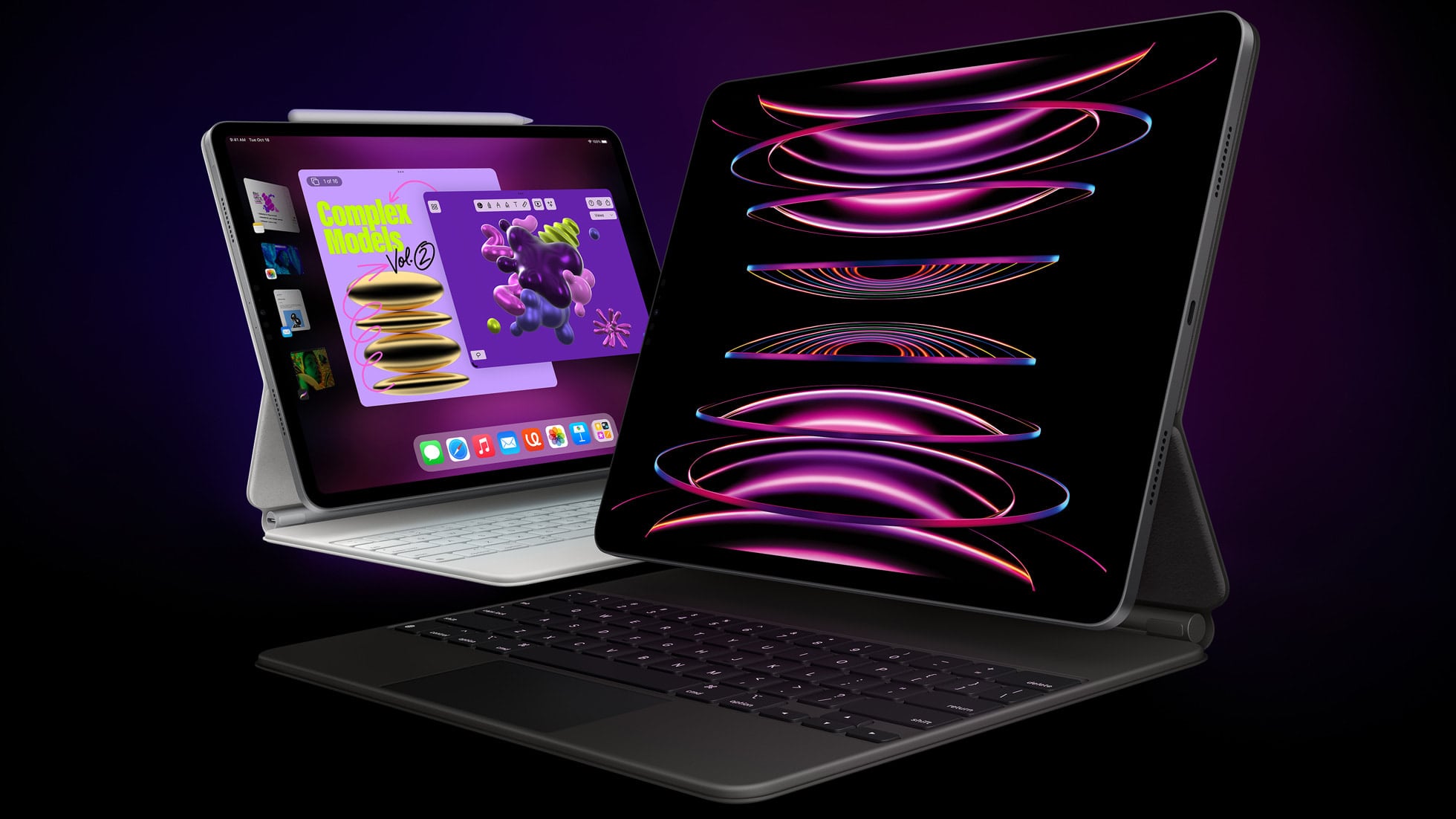
Samsung and LG are preparing their factories for mass production of the first iPads with OLED displays, according to South Korea's ETNews. The report describes the displays as "hybrid" panels, as they use a combination of flexible and rigid OLED technologies.

Apple plans to introduce new 13-inch MacBook Air, 11.1-inch iPad Pro, and 13-inch iPad Pro models with OLED displays in 2024, according to display industry analyst Ross Young, who has a proven track record with Apple rumors. Apple supply chain analyst Ming-Chi Kuo also expects the first MacBook with an OLED display to launch next year.
Young previously said the new MacBook Air and iPad Pro models would use "two-stack" OLED displays with two red, green, and blue emission layers for increased brightness. He also said all of the devices would support ProMotion for up to a 120Hz refresh rate.
All existing iPads and MacBooks are equipped with backlit LCD displays, whereas OLED displays have self-emitting pixels and do not require backlighting, allowing for higher contrast ratio, greater color accuracy, and lower power consumption. Apple already uses OLED displays for the latest Apple Watch and iPhone models, excluding the iPhone SE.
Meanwhile, the Apple Watch Ultra is expected to switch to a microLED display in 2024, and other Apple products will likely follow over the course of several years. microLED will be the next display technology that Apple adopts after OLED, paving the way for even higher contrast ratio, increased brightness, and lower power consumption.
Article Link: Samsung and LG Preparing for Next-Generation iPad Pro With OLED Display
Last edited:

